Energy Stick - Testing Conductors and Insulators
The Energy Stick makes quite the “buzz” when you’re using it. To the untrained eye, it appears to be a plastic tube with a jumble […]
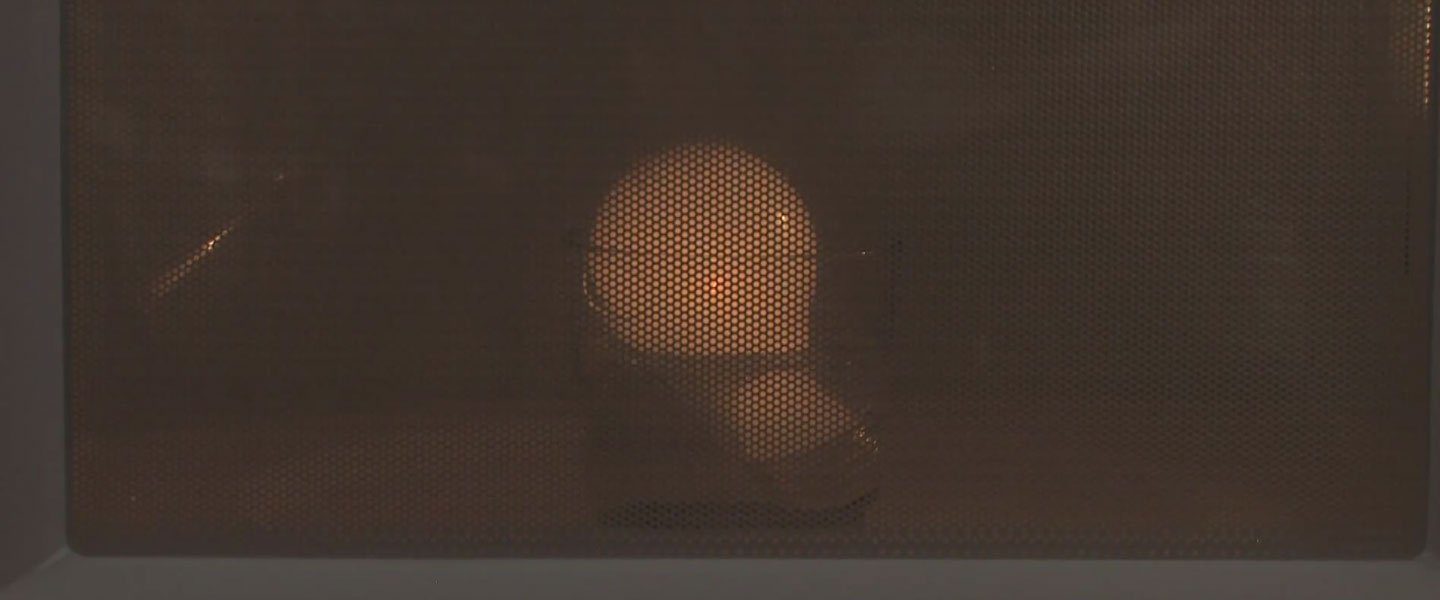
We heard that it’s possible to actually make a light bulb light-up without any electricity. We figured it out.
Before we tell you anything about the experiment, you need to do two very important things:
Done those two things? All right, let’s do this!
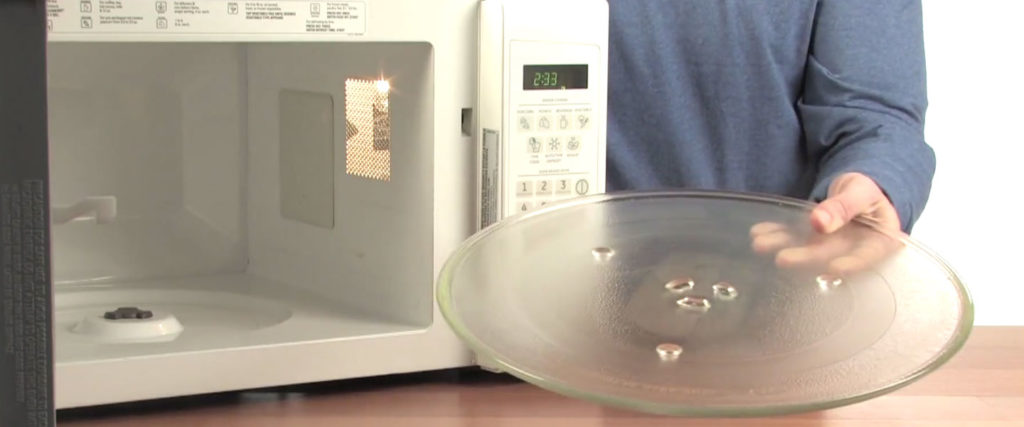
If the microwave you are using has a rotating tray on the bottom, take it out.
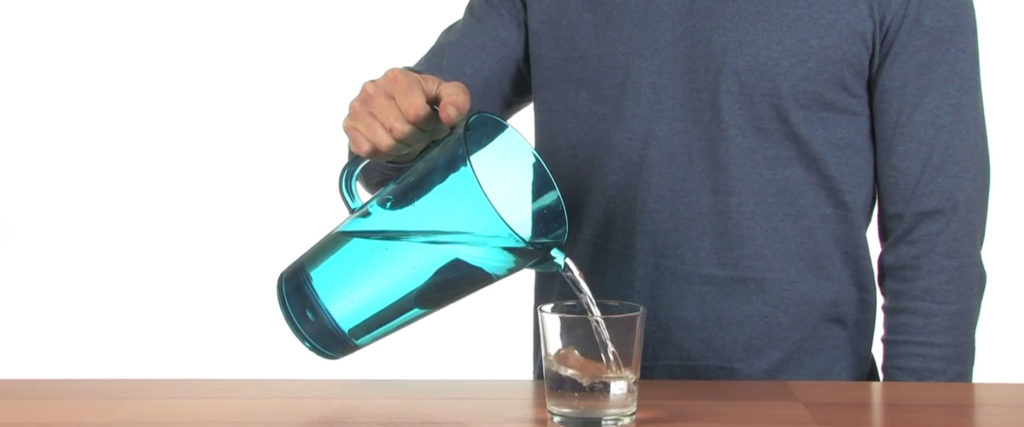
Grab a small (no taller than a light bulb) microwave-safe cup or glass and fill it one-half full with water.
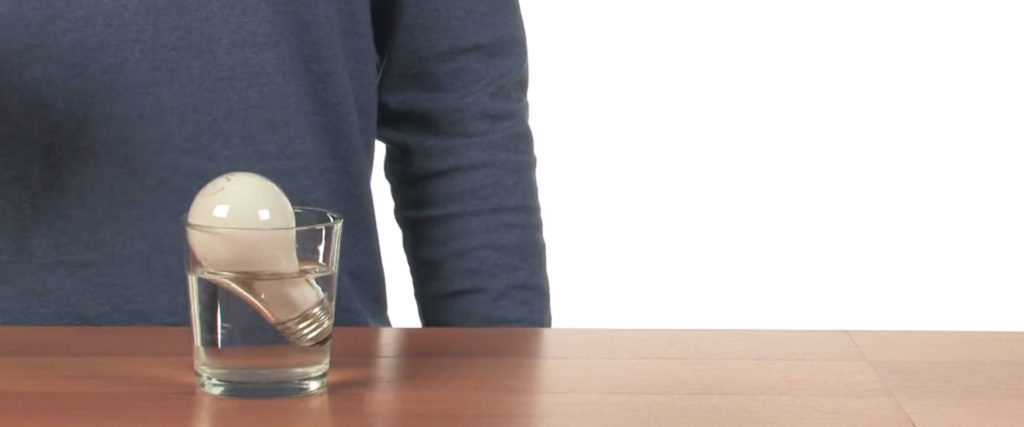
Place the light bulb, socket-end first, into the glass of water and set the glass in the center of the microwave.
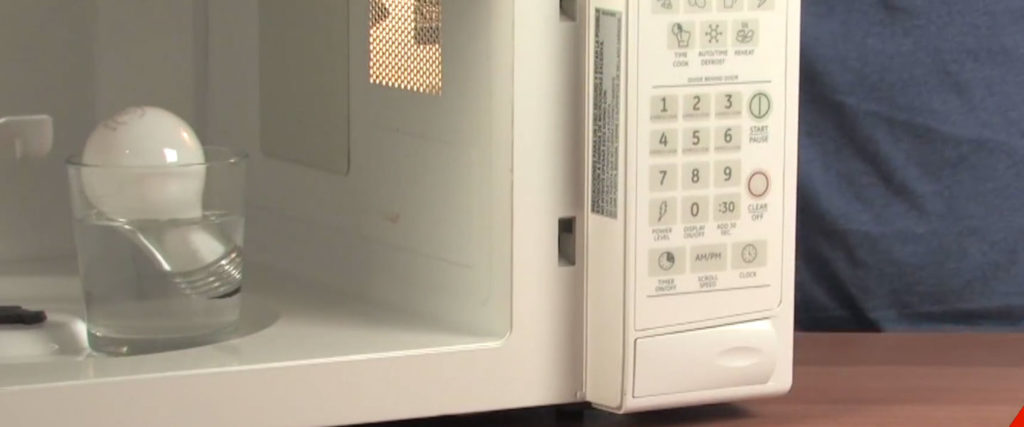
Close the door of the microwave and set the time at 45 seconds. DO NOT SET THE MICROWAVE FOR ANY LONGER THAN 45 SECONDS! THIS IS A SAFETY HAZARD!
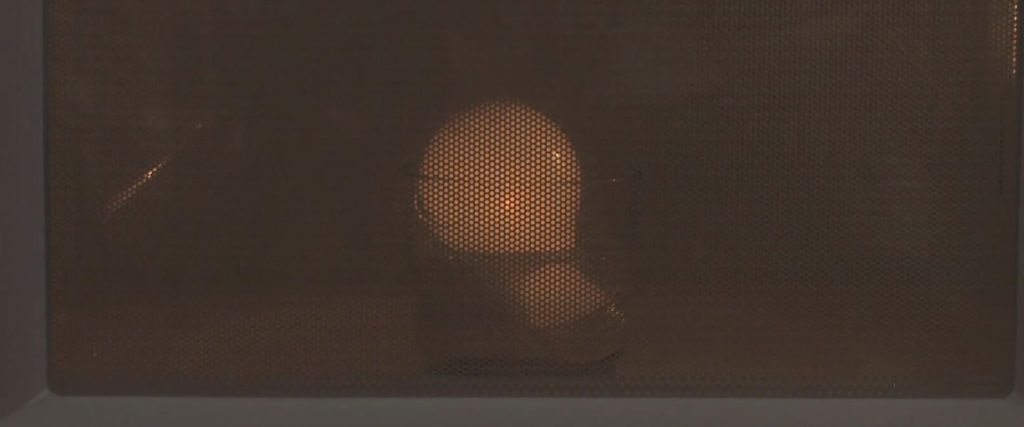
Stand back and watch what happens.
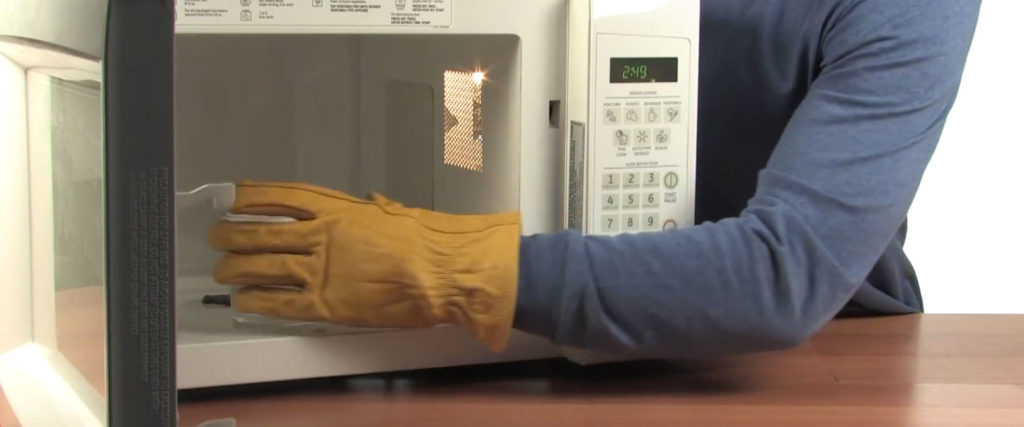
Before removing the glass and light bulb from the microwave, allow them to cool and use a heavy glove as they will be hot.
Microwave appliances work by sending out tiny waves of energy, called microwaves. These waves of energy pass through the glass of the light bulb to excite the tungsten filament inside. The tungsten is thin enough that it glows when excited by the energy waves. This is the same thing that happens when an electrical current, like the one from a light socket, passes through the tungsten filament.
For a moment, you might have thought that the light bulb was going to explode in a flurry of glass shards and metal. Luckily it doesn’t explode because you are shielding the bulb from the full effect of the microwaves by covering the metal end with water.
Making a light bulb glow in a microwave is pretty cool, but it isn’t a science fair project. You can create a science fair project by identifying a variable, or something that changes, in this experiment. Let’s take a look at some of the variable options that might work:
These are just a few ideas, but you aren’t limited to them! Try coming up with different ideas of variables and give them a try. Remember, you can only change one thing at a time. If you are testing different substances, make sure that the other factors are remaining the same.